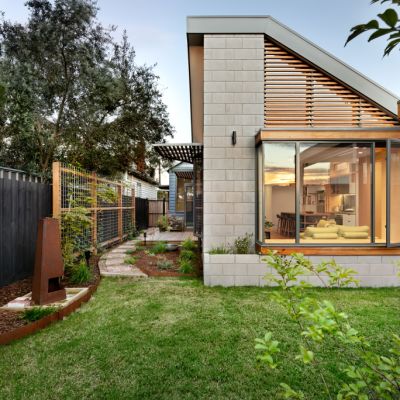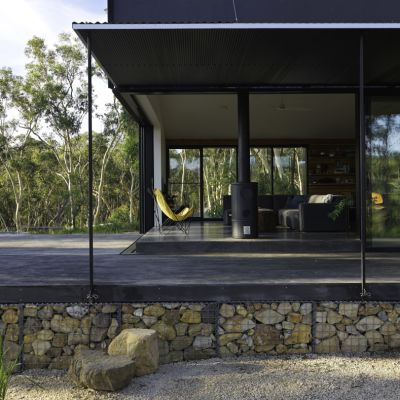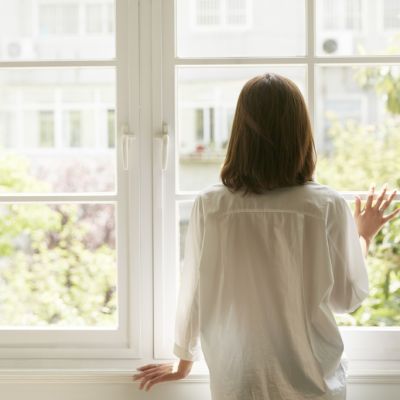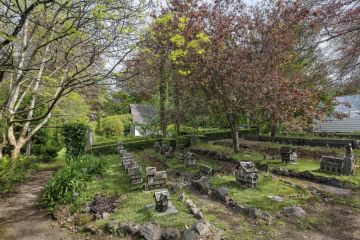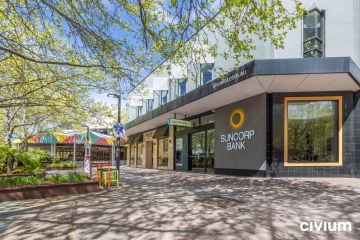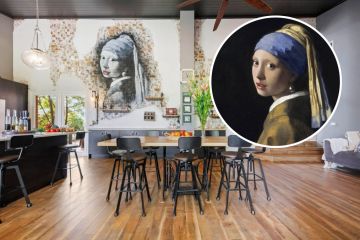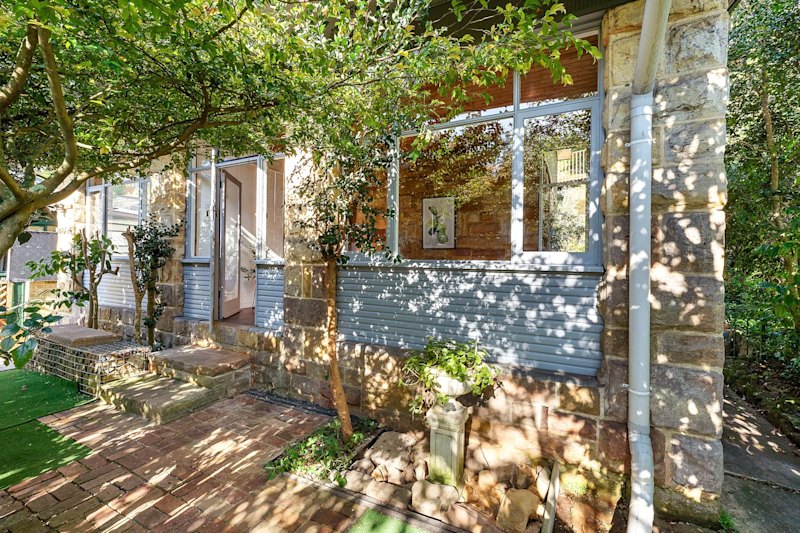Sustainable House Day 2021: Top picks to explore this year

Sustainable House Day is the day each year when Australians across the country fling open their doors – literally or virtually – and give us a tour of their sustainable housing journey.
Like last year, much (but not all) of the 2021 program will take place online. Running from 10am to 6pm AEST on October 17, the day will be a carnival of energy-efficient housing and cover everything from lowering your energy bills to building sustainably on a budget and building for fire resilience.
“There will be people speaking to their experiences with all of those topics and how they’ve managed to do things in their own homes, and we’ll have some experts in there as well like architects and energy efficiency experts,” says Sophie Weiner, campaigns and events manager at the organiser, Renew.
For anyone with burning questions around designing or building in a more sustainable way, October 17 is your chance to have those questions answered live.
There are also 130 homes that can be viewed on the official website – many with video tours – and plenty of information on their specs and materials.
Here are some standout properties from this year’s event:
Geoff’s Hemp House
Geoff Cameron’s 8.8-star “hemp house” is located in an eco village recently established in a NSW conservation forest, which he describes as a “magnificent site full of trees and birds”. A quarter of the site is residential and can accommodate 120 houses, while the other three-quarters are devoted to food and forest.
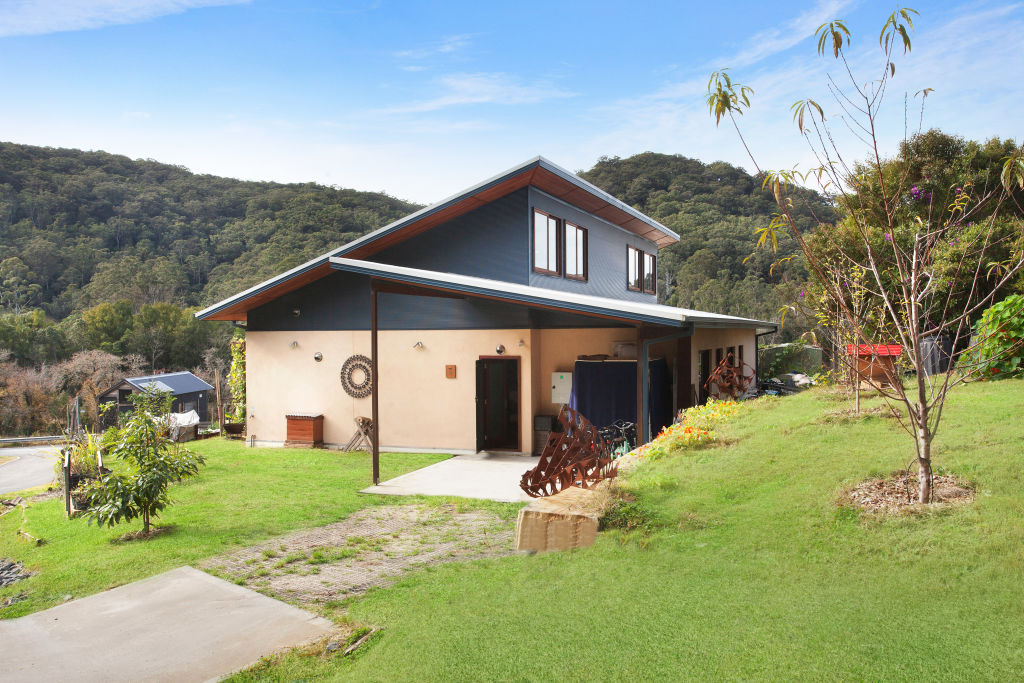
Cameron has been active in the eco-conscious living and renewable energy movement since the 1970s and was involved in the eco-village project’s design and construction. He chose hemp as a building material for a variety of reasons.
“It sequesters carbon in the structure of the wall for the life of the building,” he explains. “I’m BAL [Bushfire Attack Level] 29 and it’s highly fire-resistant. It has excellent insulation properties, it’s breathable for a healthy environment inside the house, and I left most of the hemp exposed on the inside with just a clear sealer, so it’s just a beautiful finish.”
After struggling to find a builder who was confident working with hemp, Cameron became an owner-builder and participated in local hemp building workshops. He also ended up doing the painting, wood-stacking, landscaping and some of the carpentry himself. The project took 18 months.
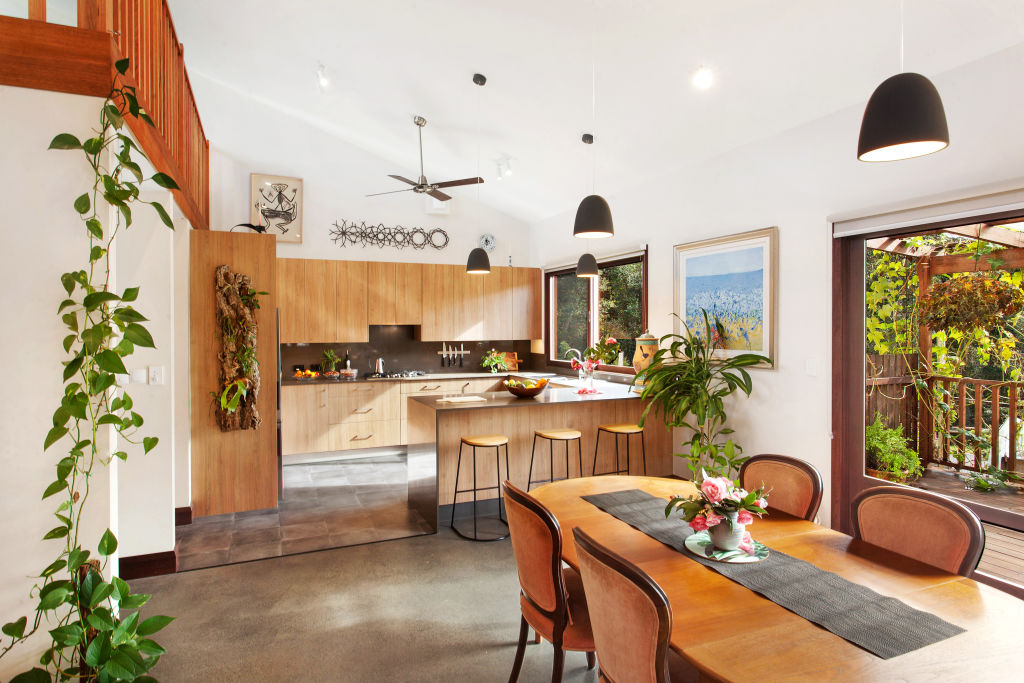
“The most fun part of the whole build was the workshop where we did the hemp,” he says. “I had 10 people, most of whom I’d never met, come and spend a week building my house for free. In fact, they paid me to feed them while they built my house! It’s just impossible to get your head around. But, to be fair, I have done a couple of other workshops myself to pick up the skills. So I guess it’s just part of that circular economy.”
Cameron also says it’s been a blessing to live in an incredibly supportive village community during the pandemic.
Kenzai
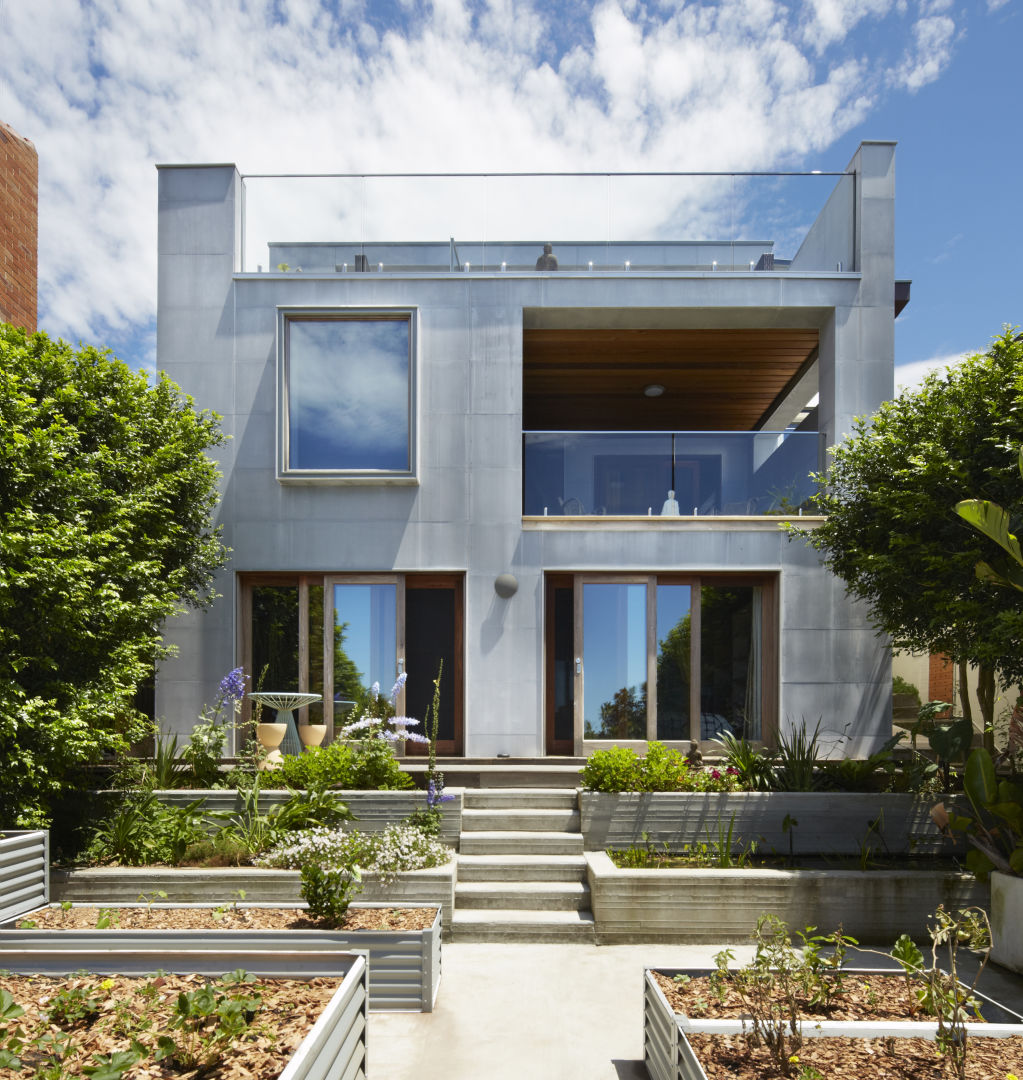
When Jacqueline Bosscher and her husband moved into their South Coogee home years ago, they quickly realised its biggest issue was that it was shockingly cold in the winter, thanks to poor insulation, and suffering from mould as a result.
Following its renovation, Kenzai (which means both “robust” and “building material” in Japanese) is a gorgeous, award-winning home that stays warm in winter and cool in summer.
Designed by The Design Commission, where Bosscher is interior designer and director, in collaboration with Brian van der Plaat Design Studio, the house was first insulated and the exterior clad with a mixture of highly sustainable timber and magnesium oxide board – a lower-carbon alternative to fibre cement board.
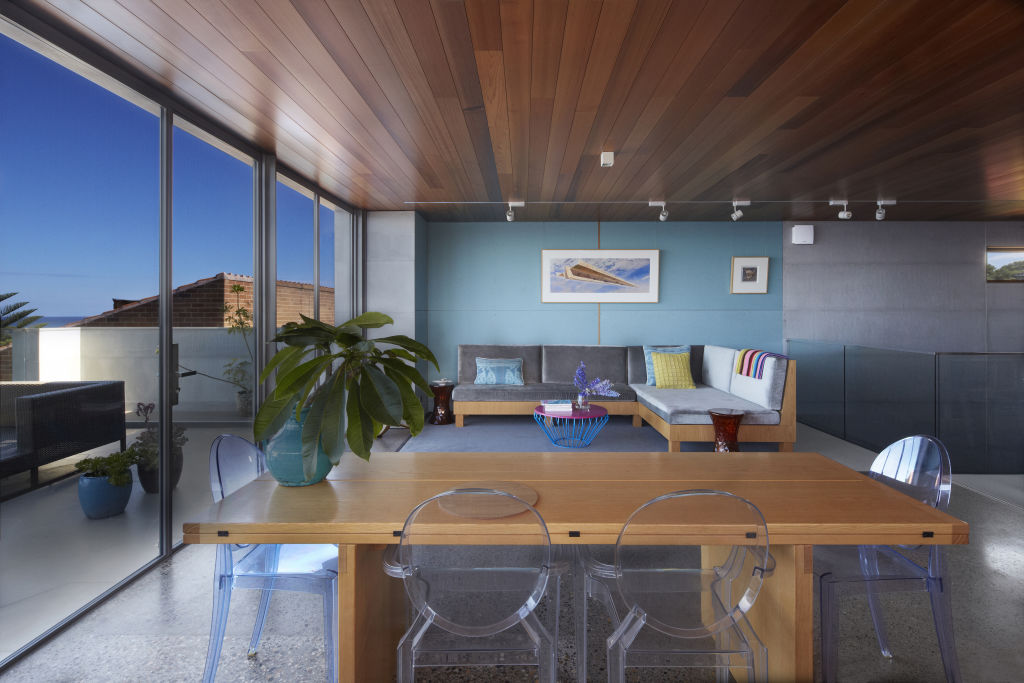
“It let me play with the look of the building, so I went for a really kind of Japanese-slash-Scandinavian feel,” Bosscher says. “The whole top floor was tiled with these really horrible ’90s shiny, glossy tiles. So we just ripped all that up, which left us with concrete. And we polished that up and sealed that with a natural wax, which meant we’ve got all this thermal mass now absorbing heat during the day … and then we have the benefit of that thermal mass at night when it releases that heat.”
The windows are now double-glazed and made from recycled hardwood, from sources such as old telegraph poles and jetties, “which makes the whole thing sing”, Bosscher says. Ventilation units draw air into the house so it is constantly circulating fresh air.
Little Loft House
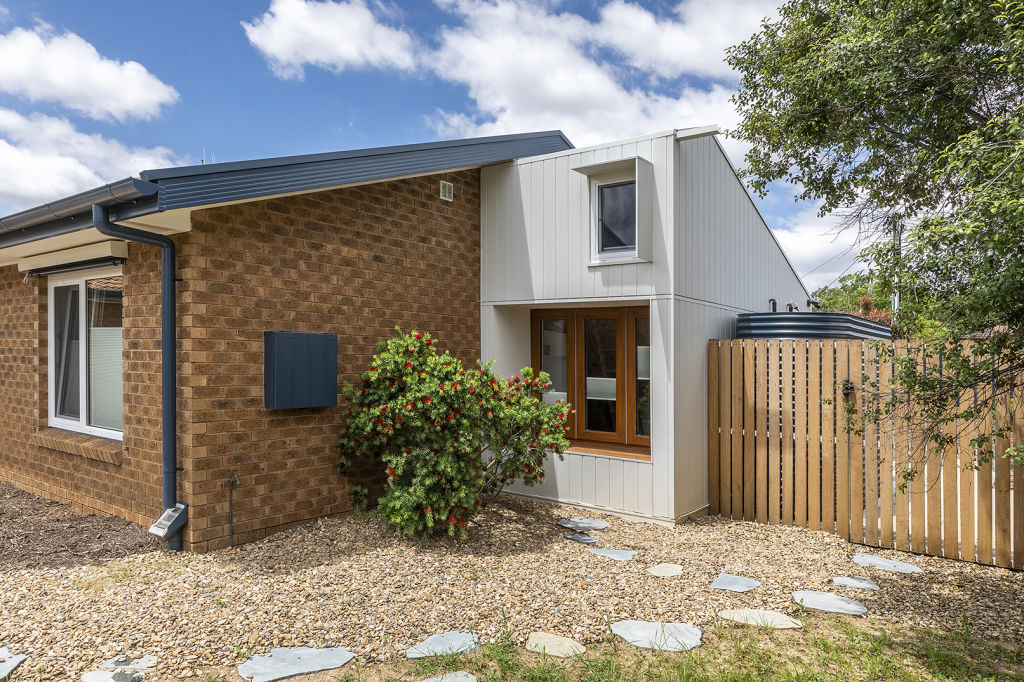
Designed by Light House Architecture and Science, Little Loft House demonstrates that homes don’t need to be knocked down and rebuilt in order to become beautiful, comfortable and sustainable.
“As soon as I looked at the block and the siting of the house, I thought, ‘Oh I think this house has tremendous potential for renovation,’” says Light House director Jenny Edwards. “And they were actually very excited to hear that, so didn’t take a lot of convincing.”
Instead of demolishing the home, Light House set about retrofitting it. Insulation was upgraded, uPVC double-glazed windows were installed and the house was transitioned to all-electric.
“These are relatively simple improvements,” Edwards says. “I always stress, it’s not rocket science … it’s really simple science that can make a massive difference to the performance, the comfort, the health – as well as the energy bills.”
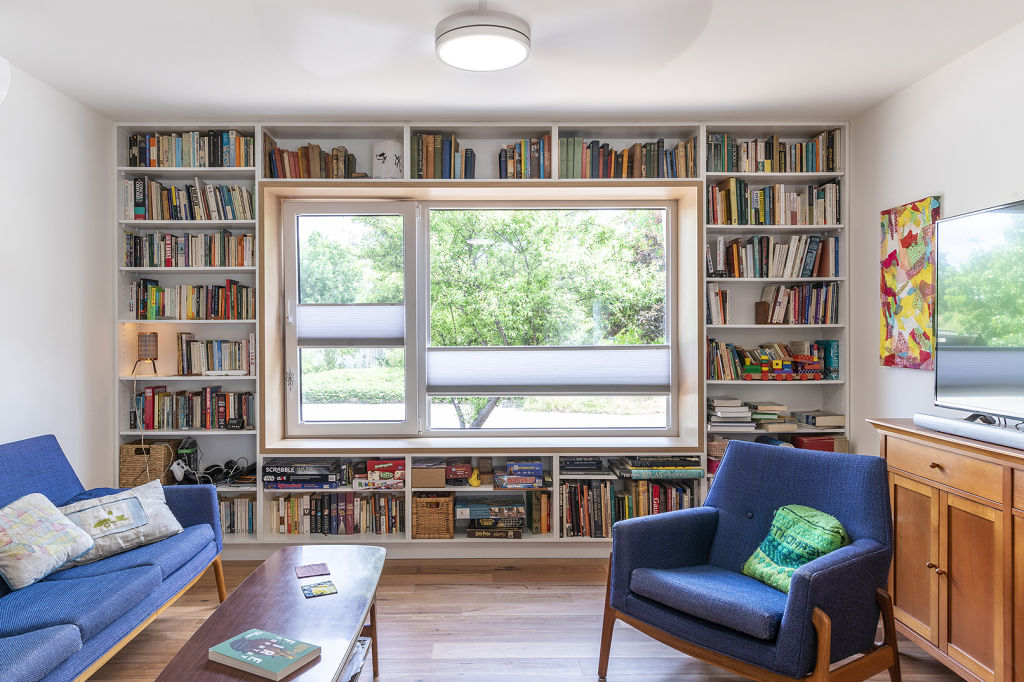
Despite the three residents – two adults and a teenager – working from home this past year, the house’s energy consumption dropped by 70 per cent following the renovation.
Using a “small but smart” approach, Light House also increased the storage space and extended the house just enough to change the whole layout. The building was “popped out” to the south, which meant the wet areas could be totally reconfigured and a second toilet could be added.
Thanks to the ingenuity of lead architect Duncan Hall, a third bedroom, which wasn’t functioning efficiently, became a study-cum-guest bedroom through a clever extension and the addition of a day bed, loft bed and additional storage space.
The result is a house that Edwards says is “incredibly comfortable and super functional”.
We recommend
We thought you might like
States
Capital Cities
Capital Cities - Rentals
Popular Areas
Allhomes
More
